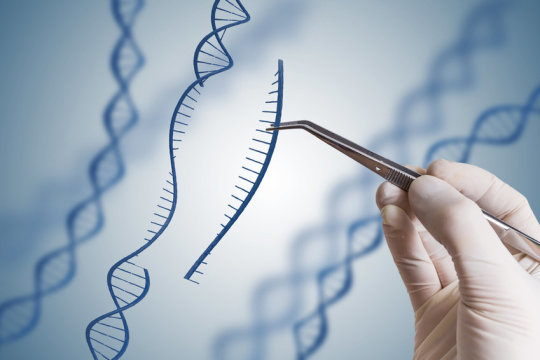
Breaking News
 Christmas Truce of 1914, World War I - For Sharing, For Peace
Christmas Truce of 1914, World War I - For Sharing, For Peace
 The Roots of Collectivist Thinking
The Roots of Collectivist Thinking
 What Would Happen if a Major Bank Collapsed Tomorrow?
What Would Happen if a Major Bank Collapsed Tomorrow?
Top Tech News
 Travel gadget promises to dry and iron your clothes – totally hands-free
Travel gadget promises to dry and iron your clothes – totally hands-free
 Perfect Aircrete, Kitchen Ingredients.
Perfect Aircrete, Kitchen Ingredients.
 Futuristic pixel-raising display lets you feel what's onscreen
Futuristic pixel-raising display lets you feel what's onscreen
 Cutting-Edge Facility Generates Pure Water and Hydrogen Fuel from Seawater for Mere Pennies
Cutting-Edge Facility Generates Pure Water and Hydrogen Fuel from Seawater for Mere Pennies
 This tiny dev board is packed with features for ambitious makers
This tiny dev board is packed with features for ambitious makers
 Scientists Discover Gel to Regrow Tooth Enamel
Scientists Discover Gel to Regrow Tooth Enamel
 Vitamin C and Dandelion Root Killing Cancer Cells -- as Former CDC Director Calls for COVID-19...
Vitamin C and Dandelion Root Killing Cancer Cells -- as Former CDC Director Calls for COVID-19...
 Galactic Brain: US firm plans space-based data centers, power grid to challenge China
Galactic Brain: US firm plans space-based data centers, power grid to challenge China
 A microbial cleanup for glyphosate just earned a patent. Here's why that matters
A microbial cleanup for glyphosate just earned a patent. Here's why that matters
 Japan Breaks Internet Speed Record with 5 Million Times Faster Data Transfer
Japan Breaks Internet Speed Record with 5 Million Times Faster Data Transfer
CRISPR-Cas9 technique targeting epigenetics reverses disease in mice

Much of the enthusiasm around gene-editing techniques, particularly the CRISPR-Cas9 technology, centers on the ability to insert or remove genes or to repair disease-causing mutations. A major concern of the CRISPR-Cas9 approach, in which the double-stranded DNA molecule is cut, is how the cell responds to that cut and how it is repaired. With some frequency, this technique leaves new mutations in its wake with uncertain side effects.
In a paper appearing in the journal Cell on December 7, scientists at the Salk Institute report a modified CRISPR-Cas9 technique that alters the activity, rather than the underlying sequence, of disease-associated genes. The researchers demonstrate that this technique can be used in mice to treat several different diseases.
"Cutting DNA opens the door to introducing new mutations," says senior author Juan Carlos Izpisua Belmonte of the Salk Institute for Biological Studies whose laboratory developed the new technique. "That is something that is going to stay with us with CRISPR or any other tool we develop that cuts DNA. It is a major bottleneck in the field of genetics -- the possibility that the cell, after the DNA is cut, may introduce harmful mistakes."

 The State's Last Stand
The State's Last Stand


